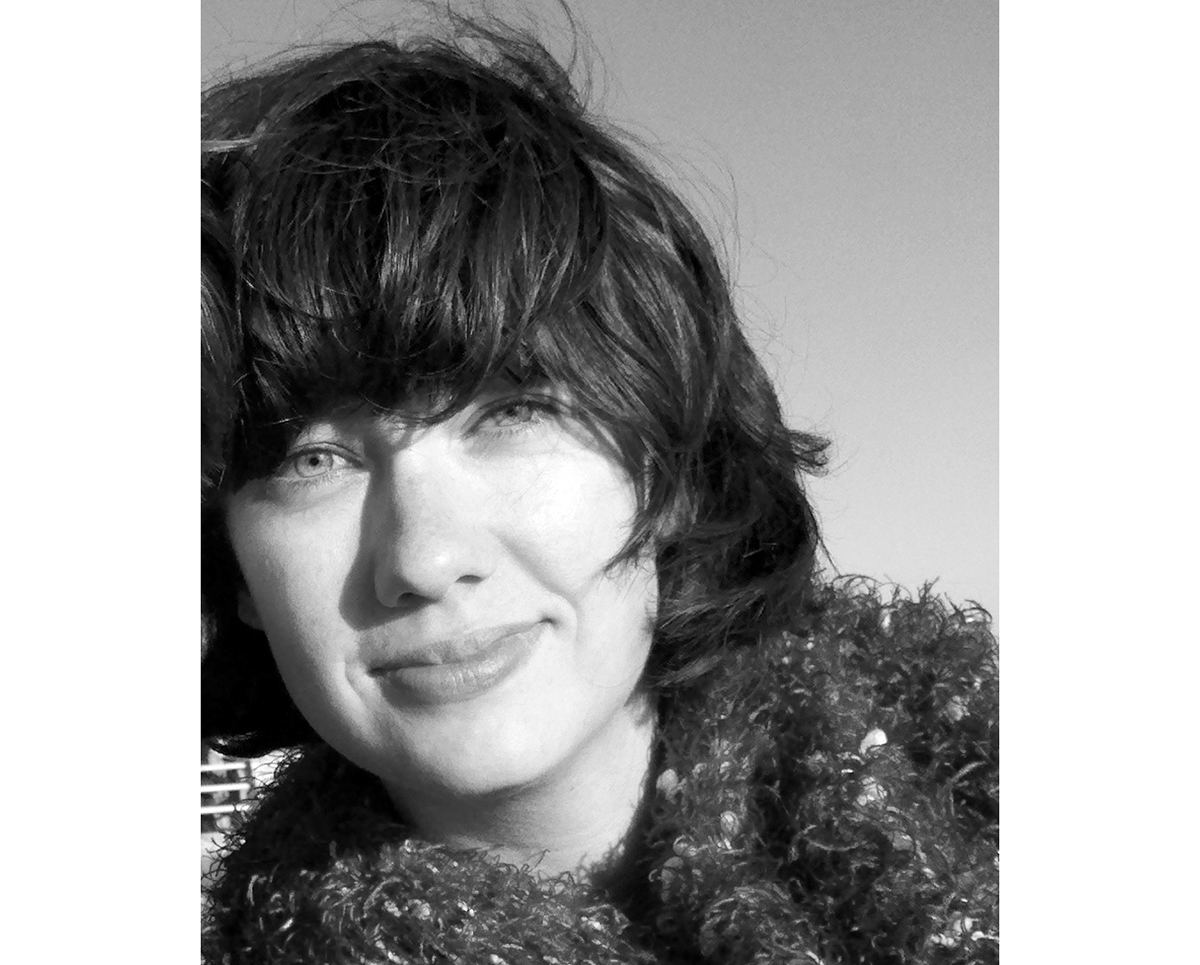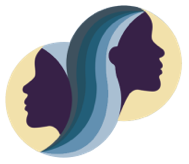
by Maggie Evans, PhD graduate, , UO Department of English
Tasked with composing a short riff on the future of feminist research in American poetics, I set out, naturally, for the library, determined to explore a few beginning questions that sprang to mind. Among them: How do contemporary women poets enact or represent feminism(s) in their poetry? How have the changing political and social goals of feminism affected the thematic and formal choices of feminist writers? How do feminist writers depict or imagine the future? Library, here I come!
On my way, I stopped for coffee and to do some preliminary online searching to pick out a handful of useful books to begin (and hopefully narrow) my investigation. But, as I began entering search terms into the university-provided database, it occurred to me that this might not be the best way to ferret out future feminisms. I closed WorldCat and opened Google, curious to see what I could find out about new feminist voices and emerging women poets using the resources familiar to those uninitiated into the peculiar joys of academic research.
Of course, popular culture and readily available information are not the only measures, and perhaps not even the best measures, of the future of any kind of feminist undertaking. Indeed, popular culture often actively suppresses or restricts access to feminist artists and expression. However, the results of a Google search on “feminist poetry” describe the scope of information interested non-experts are likely to access.
And the information such a search retrieves overwhelmingly suggests that feminist poetry is not a young woman’s game.
On the Wikipedia list of feminist poets, there are only two who were born after 1960. Elvia Ardalani, fifty, is a Mexican-born poet who lives, writes, and teaches in Texas, publishing many of her books with bilingual presses. The other, Nandini Sahu—by far Wikipedia’s youngest feminist poet at forty—is an Indian poet who writes in English. A narrower search for “new feminist poets” doesn’t lower the age limit, either. In 2012, on the occasion of Adrienne Rich’s death, Flavorwire published a list of “10 Feminist Poets You Should Know.” I sincerely hope the list introduced scores of new readers to the likes of Lyn Hejinian, Anne Waldman, Alice Walker, and Katha Pollitt (the youngest on the list at fifty-three). But the impression Flavorwire’s recommended reading gives is that feminist poetry is something to be remembered reverently—a legacy of our foremothers—and not an ongoing endeavor.
Disappointed with the results of my Google search, I decided to trawl with a tighter net, targeting more reputable sources of literary information that might still be on the radar of a newcomer to feminist poetry. The Poetry Magazine website, arguably the organ of poetry with the deepest pockets and the widest public reach, doesn’t fare much better than Wikipedia. Erin Belieu and Laura Wideman—neither of whose poems are included anywhere on the website—are the only poets younger than fifty filed under “feminist.”
Even explicitly feminist enterprises yield paltry results. The Feminist Press lists ten times fewer poetry books than fiction publications. There are twenty-one poetry titles, only three of which are single-author volumes, all by dead authors. Sor Juana, Meridel Le Sueur, and Grace Paley, however meritorious, are beyond whatever material benefit or encouragement that publication by The Feminist Press might bring to new feminist poets.
As a researcher in feminist poetics, and a feminist poet myself, I know that both the history and the future of feminist poetry are infinitely richer and more complex than my cursory web crawl revealed. But I worry for the new poets and the new readers who may not have the excellent teachers I had, who may not have the resources or the inclination to seek out formal education at all, much less an education with room for feminist poetry in its curriculum. How will such readers know that feminist poetry is alive and well in magazines and journals, in new volumes put out by tiny independent presses and international giants, in slam and performance poetics, in YouTube posts and hip hop? How will the young poets who could create the future of feminist poetry know that feminist poetry isn’t a fading art, an admirable accomplishment of past masters, but a thriving art form evolving to meet the changing needs of women and of feminism?
By decrying the dearth of younger contemporary poets in the popular picture of feminist poetry, I do not mean to imply that it isn’t useful or inspiring for new readers and writers to discover the likes of Emily Dickinson or Adrienne Rich. I certainly don’t intend to suggest that established feminist poets like Katha Pollitt or Carol Ann Duffy are finished writing or that they can’t inspire new poets. But there are contemporary feminist poets that have not yet won prizes or even published a book. There are women today, right now, women who don’t show up on any list, who are doing strange, sustaining, inspiring, provoking feminist work in their poems. And I fear that, if we keep ignoring them, there may not be for long.
So, dear reader, if you have any pull at The Feminist Press, you know what to do. For the rest of us, isn’t it time the Wikipedia list of feminist poets got an update?
—Maggie Evans was awarded the 2011 Jane Grant Dissertation Fellowship from CSWS. She defended her dissertation, “Sounding Silence: American Women’s Experimental Poetics,” in December 2012. She now lives and writes in Albuquerque, New Mexico.

